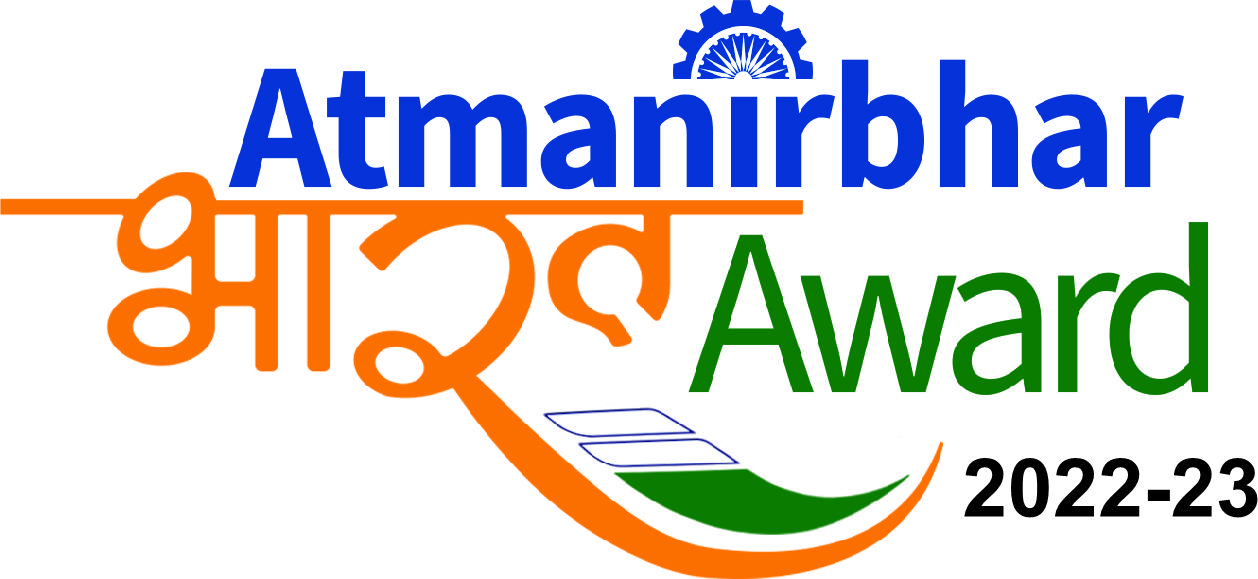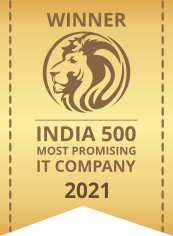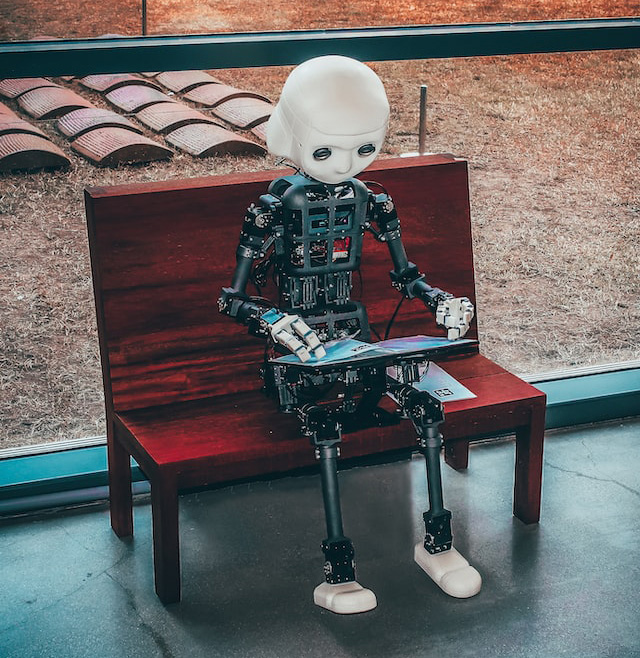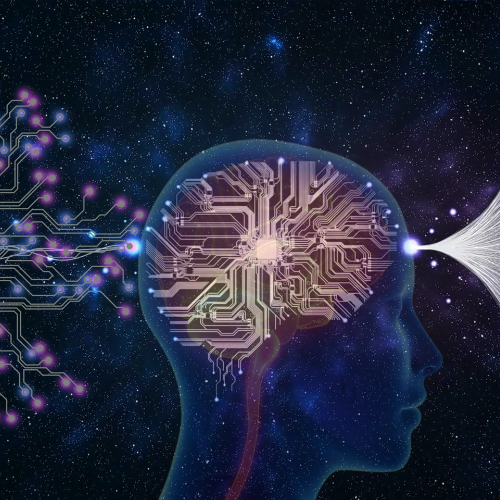- FinTech
- e-Governance
- Services
- Core Competency
- Microsoft
- Trending
- Products
- About Us
- Blogs
- FinTech
- e-Governance
- Services
- Core Competency
- Microsoft
- Trending
- Products
Unlocking the power of Blockchain for your business.



Do you have questions about whether Blockchain is right for your organization? Our blockchain experts are here to provide you with the answers.
We support strategizing, creating use cases, and evaluating your current business processes and IT system. Our services also involve programming immutable smart contracts and providing decentralized web solutions for the supply chain management. We assist companies in finding and establishing DLT-powered solutions while maintaining data reliability and performance.
A supply chain is a complicated arrangement that necessitates regular approval from all involved parties, making it difficult to manage. Blockchain can provide superior traceability across the supply chain, enabling shippers and customers to inspect trends and conduct predictive surveillance. Blockchain provides greater visibility throughout the network and prevents counterfeiting and pilfering.


Blockchain is bringing about a revolution in the energy sector, particularly regarding electricity distribution and management. Instead of relying on retailers for energy, end-users can directly connect with the grid to buy and trade energy. Furthermore, blockchain-driven peer-to-peer grids enable users to get renewable energy at a minimal cost. Blockchain technology can securely and transparently record, store, and track energy data.
Businesses are experiencing significant losses due to fraudulent activities and incorrect claims in the insurance industry. The existing procedures for claim management are laborious and take a long time due to countless data points that need to be checked. Using a decentralized blockchain network, insurance firms can quickly and accurately verify claims without altering the data. Blockchain technology provides a transparent and trustable platform for the authentication of claims, enabling more efficient and secure claim handling without the possibility of deception.


Blockchain offers convenient access to patient information among multiple healthcare entities, creating an interoperable and patient-focused big data system. This technology helps to address difficulties, diminishes the need to repeat tasks, and strengthens security. The enhanced data access and transparency it provides makes it possible for pharmaceutical companies to reduce fake medications and facilitate remote autonomous examinations.
DevOps is a collaborative approach integrating software development (Dev) and IT operations (Ops) to streamline and automate the entire application lifecycle. It benefits software development processes by improving efficiency, reducing time-to-market, enhancing product quality, and fostering a culture of continuous improvement.
Microservices are a software architecture pattern where applications are built as a collection of small, independent, and loosely coupled services. They differ from traditional monolithic architectures by offering greater flexibility, scalability, and resilience and enabling faster development and deployment cycles.
Robotic Process Automation (RPA) is a technology that uses software robots to automate repetitive, rule-based tasks, freeing up human resources for higher-value activities. It benefits businesses by improving efficiency, reducing errors, lowering operational costs, and enhancing customer experiences.
Legacy app modernization is updating and transforming outdated software applications to meet current business needs, leverage modern technologies, and improve performance. Businesses must stay competitive, reduce maintenance costs, enhance security, and support evolving customer demands.
IoT app development involves creating software applications that enable communication, data exchange, and control between Internet of Things (IoT) devices and systems. It impacts businesses across industries by facilitating real-time monitoring, automation, and data-driven decision-making, leading to increased efficiency, cost savings, and new business opportunities.
Managed services involve outsourcing IT systems and infrastructure management, maintenance, and support to a specialized third-party provider. They help businesses optimize their IT operations by reducing costs, improving performance, enhancing security, and allowing internal teams to focus on core business functions.
ServiceNow is a cloud-based platform that automates and streamlines IT service management (ITSM) processes, such as incident, problem, and change management. It helps organizations improve efficiency, reduce costs, and enhance the user experience by providing a centralized system for managing IT services and resources.
AWS Services is a comprehensive suite of cloud computing products and solutions offered by Amazon Web Services (AWS), including computing power, storage, databases, analytics, and machine learning. They support businesses’ cloud computing needs by providing scalable, cost-effective, and secure infrastructure.
UpTown Cyberabad, 100 Feet Road, Ayyappa Society, Madhapur, Hyderabad,
Telangana. 500081
Plot 217, Minyanya Close,
Longridge, Chilanga,
Zambia
P.O. Box 624 – 00621 Village Market, Limuru Road, Nairobi, Kenya

